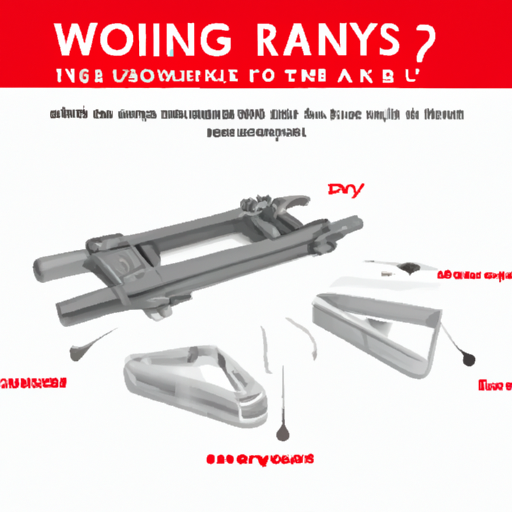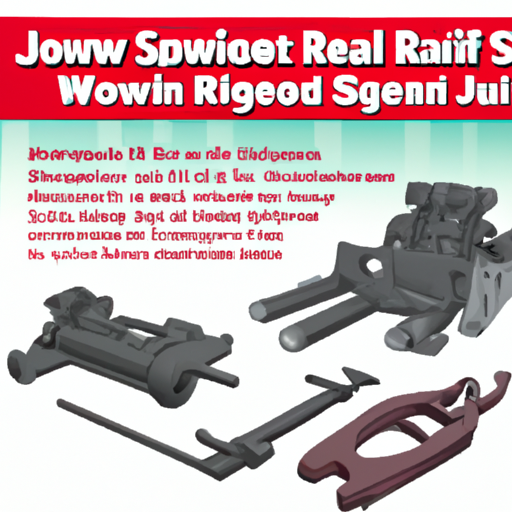All You Need to Know About RG SJ Workover Rig Parts

Introduction (approx. 100 words)
Workover rigs are vital equipment in the oil and gas industry, used for maintenance and repair operations on existing wells. With the advancements in technology, RG SJ workover rigs have gained significant popularity due to their efficiency and reliability. In this article, we will explore the various parts that make up an RG SJ workover rig, their functions, and their importance in ensuring smooth and efficient operations.
1. Mast and Substructure (approx. 150 words)
The mast and substructure are the backbone of any workover rig, including RG SJ models. The mast, often made of steel, provides vertical support for lifting and lowering the drilling equipment. It also houses the crown block, traveling block, and drilling line, which are essential for vertical movement during workover operations.
The substructure, on the other hand, provides a stable foundation for the mast and other components. It is typically composed of beams, cross members, and support structures. The substructure ensures the rig remains stable during drilling operations, preventing accidents and maintaining overall rig safety.
2. Drawworks (approx. 150 words)
The drawworks is the primary component responsible for raising and lowering the drill string during workover operations. It consists of a large drum around which the drilling line is wrapped. The drawworks utilizes a combination of electric, mechanical, or hydraulic systems to control the line's movement.
RG SJ workover rigs are equipped with highly efficient drawworks, allowing for precise control and increased safety. These drawworks are designed to provide adequate power and speed, ensuring smooth operation and reducing downtime.

3. Power System (approx. 150 words)
To operate all the components of an RG SJ workover rig, a robust power system is required. This system often includes diesel engines or electric motors, depending on the rig's design. The power system drives the drawworks, mud pumps, rotary table, and other auxiliary equipment.
RG SJ workover rigs are known for their advanced power systems, offering high horsepower and energy efficiency. These power systems are designed to withstand demanding work conditions while maintaining optimal performance, reducing the risk of downtime.
4. Mud Pumps and Circulating System (approx. 150 words)
Mud pumps play a crucial role in workover rig operations. They are responsible for pumping drilling mud into the wellbore to control pressure, cool the drill bit, and carry cuttings to the surface. The circulating system, consisting of mud tanks, pumps, and related equipment, ensures the continuous circulation of drilling mud.
RG SJ workover rigs are equipped with high-capacity mud pumps and advanced circulating systems. These pumps are designed to withstand high pressures and deliver the required mud flow rate, ensuring efficient drilling and enhancing the overall well productivity.
5. Rotary Table and Top Drive System (approx. 150 words)
The rotary table is a key component of a workover rig that provides rotational force to the drill string. It is mounted on the rig floor and is used to turn the drill pipe, bit, and other downhole tools during drilling or workover operations. In RG SJ workover rigs, the rotary table is often complemented by a top drive system for added flexibility and efficiency.
RG SJ workover rigs incorporate advanced rotary tables and top drive systems, offering increased torque and speed control. These systems are designed to handle various drilling conditions effectively, ensuring precise drilling and reducing operational risks.
6. BOP and Safety Equipment (approx. 150 words)
Safety is paramount in the oil and gas industry, and workover rigs are no exception. Blowout preventers (BOPs) are essential safety devices used to control well pressure and prevent the uncontrolled release of oil or gas. BOPs are crucial components of workover rigs, providing a barrier between the wellbore and the rig.
RG SJ workover rigs are equipped with reliable BOP systems and other safety equipment, including choke and kill manifolds, emergency shutdown systems, and safety valves. These safety measures ensure the protection of personnel and assets during workover operations.
Conclusion (approx. 100 words)
RG SJ workover rigs are an integral part of the oil and gas industry, offering efficient and reliable solutions for well maintenance and repair. Understanding the different parts of these rigs is crucial for ensuring their proper operation and maximizing productivity. From the mast and substructure to the BOP and safety equipment, each component plays a vital role in safeguarding both the personnel and the environment. By investing in high-quality RG SJ workover rig parts and regularly maintaining them, operators can ensure smooth operations, minimize downtime, and enhance overall safety in the oilfield.




 8613371530291
8613371530291